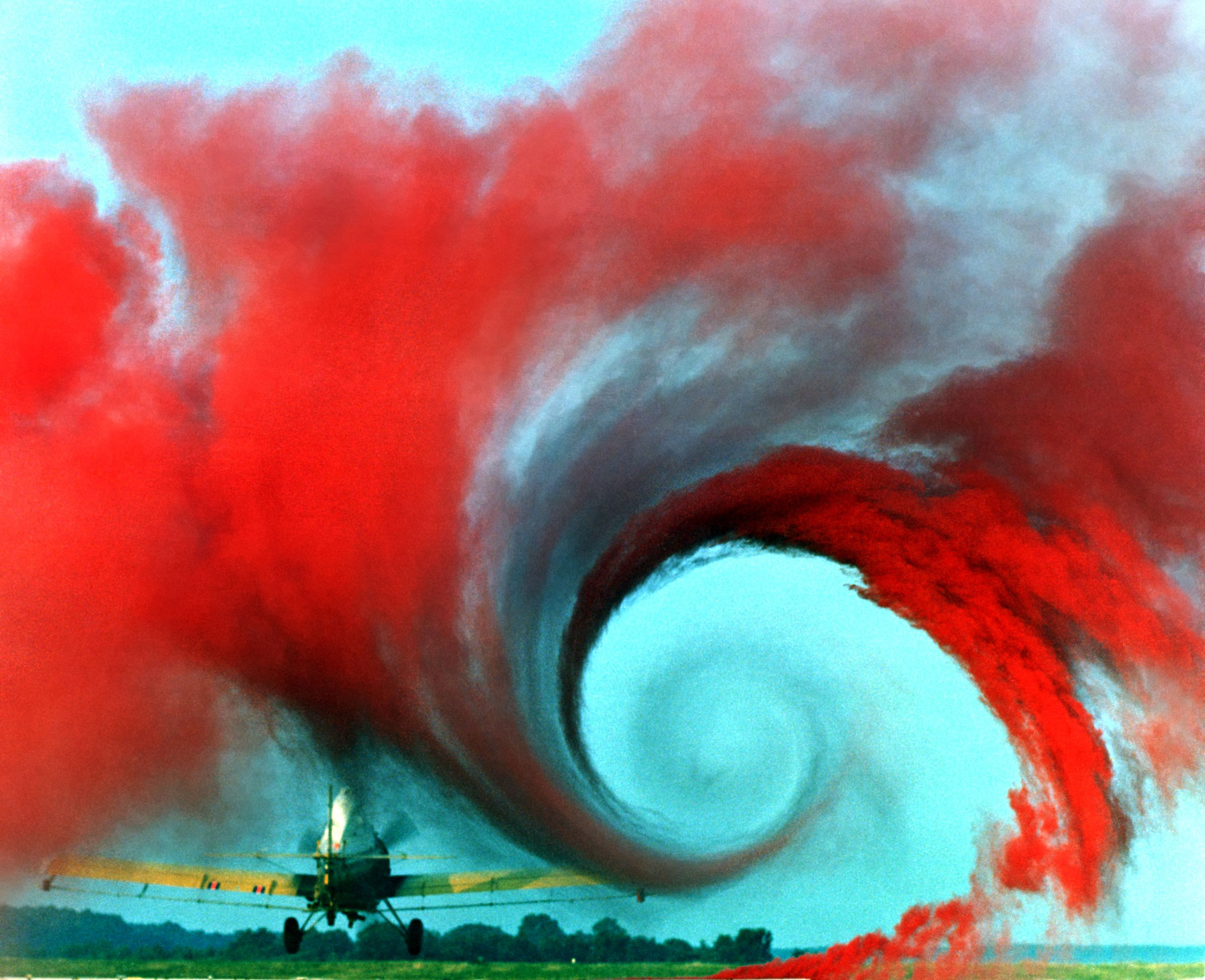Flight Operations
- Review Aerodynamics & Airplane Systems
- 1.1Explain the four forces which act on an airplane in flight
- 1.2Explain the angle of attack- Commercial Pilot-Aerodynamics and Performance
- 1.3Explain the basics of Aerodynamics
- 1.4Explain drag
- 1.5Explain thrust, stability, and center of gravity
- 1.6Explain weight and balance
- 1.7Demonstrate knowledge of aircraft components
- Pressure, Temperature & Density
- Weather
- 3.1Identify and explain the structure of the earth’s layers of the atmosphere, and become knowledgeable of the history of the study of meteorology
- 3.2Describe atmospheric conditions using appropriate weather terminology
- 3.3Demonstrate an understanding of frontal systems
- 3.4Demonstrate an understanding of wind speed, temperature, pressure & dew point
- 3.5Employ meteorological terminology and coding procedures
- 3.6Identify air masses and monitor daily weather phenomena
- 3.7Demonstrate an understanding of synoptic weather structure
- Weather Forecasting
- Weather Hazards
- Weather Tools
- IFR
- IFR
- IFR Navigation
Review Aerodynamics & Airplane Systems
Introduction to Aerodynamics in Aviation

Branch of dynamics concerned with studying the motion of air.
Aerodynamics is the study of how air moves around objects, particularly an aircraft in flight. It is a fundamental aspect of aviation, as it directly impacts the aircraft's performance, fuel efficiency, and safety.
The Four Forces of Flight
There are four primary forces that act on an aircraft during flight: lift, weight (or gravity), thrust, and drag.
-
Lift is the upward force that opposes the weight of an airplane and holds it in the air. Lift is generated by the flow of air over the wings of the aircraft.
-
Weight is the force of gravity. It acts downward and must be overcome by lift for the airplane to ascend.
-
Thrust is the forward force that propels the airplane through the air. It is produced by the aircraft's engines.
-
Drag is the resistance an airplane encounters while moving through the air. There are two types of drag: parasitic drag, which includes form drag and skin friction, and induced drag, which is related to the generation of lift.
Angle of Attack
The angle of attack (AOA) is the angle between the aircraft's wing and the oncoming air. If the AOA becomes too great, the aircraft can stall and lose lift. Understanding and controlling the AOA is crucial for maintaining control of the aircraft, especially during takeoff and landing.
In conclusion, understanding the principles of aerodynamics is crucial for anyone involved in aviation. It not only helps pilots operate their aircraft more efficiently and safely, but it also plays a significant role in aircraft design and innovation. The next units will delve deeper into the principles of aerodynamics, exploring concepts such as stability, center of gravity, and the role of different aircraft components and systems.